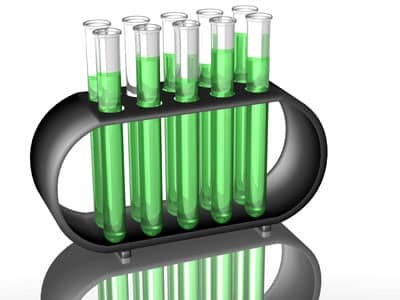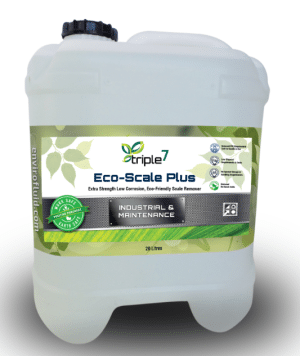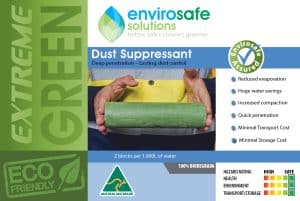 A global framework for the classification and labelling of chemicals is being adopted in Australia. It will be phased-in from 2012 and will form part of health and safety protocols within Australian workplaces. Chemical cleaning products are associated with skin and respiratory irritation for workers in cleaning, mechanical, mining and healthcare sectors. In addition the transportation and disposal of these chemicals create significant environmental impacts. Today we look at reducing these risks through the use of low-toxicity, natural-based environmental cleaning products.
A global framework for the classification and labelling of chemicals is being adopted in Australia. It will be phased-in from 2012 and will form part of health and safety protocols within Australian workplaces. Chemical cleaning products are associated with skin and respiratory irritation for workers in cleaning, mechanical, mining and healthcare sectors. In addition the transportation and disposal of these chemicals create significant environmental impacts. Today we look at reducing these risks through the use of low-toxicity, natural-based environmental cleaning products.
Cleaning products can cause skin, eye and respiratory irritation and are an important consideration in health and safety guidelines for Australian workplaces.
Workers in cleaning, healthcare and education sectors as well as mining, industrial and mechanical workplaces are exposed to toxic chemicals on a daily basis.
New labelling and safe handling guidelines are being adopted by SafeWork Australia, which will replace existing separate classifications for hazardous substances and dangerous goods.
The new model for workplace hazardous chemicals will utilise the Globally Harmonised System (GHS) of Classification and Labelling of Chemicals, developed under the auspices of the United Nations. It will outline health and safety regulations and clear guidelines on correct labelling and material safety data sheets (MSDS). Its phased implementation will be rolled out from next year.
Health and environmental risks
Exposure to toxic cleaning products needs to be minimised to protect workers. According to the US EPA website – which promotes the use of eco-friendly cleaning products – the health and environmental risks from cleaning products include:
- Contamination of wastewater through the rinsing and cleaning of sponges, storage containers containing residual product;
- Risks to aquatic species and wildlife from wastewater contaminated with chemicals such as alkylphenol ethoxylates – a common surfactant in cleaners – which has been identified as an endocrine (hormone) disrupter;
- Poor water quality caused by chemicals containing phosphorus or nitrogen;
- Poor indoor air quality created by the release of volatile organic compounds (VOC) found in cleaning products.
- Environmental risks associated with the transportation, storage and disposal of commercial cleaning products.
The US EPA states that actual risk from typical workplace exposure was uncertain but that: “Regardless of the expected risk levels… reducing the intrinsic hazard of a product is a desirable pollution prevention objective as part of decisions that also take into account other important product attributes”.
Benefits of ‘Buying Green’
Health and environmental concerns associated with workplace chemicals has led to the development of eco-friendly liquid products. Typical characteristics of environmentally friendly liquids are biodegradability, low toxicity and low volatile organic compounds (VOC) content.
Perth-based environmental cleaning products company Envirosafe Solutions has been supplying Australian workplaces with safe, effective and affordable eco-friendly liquid products for more than 20 years. Envirosafe Solutions’ Extreme Green cleaning alternatives, including its solvent-free degreaser, cater for the cleaning, industrial, mining, healthcare and government sectors. For more information phone 1300 88 90 70 or email info@evss.com.au.
Sources:
http://www.epa.gov/epp/pubs/cleaning.htm



















